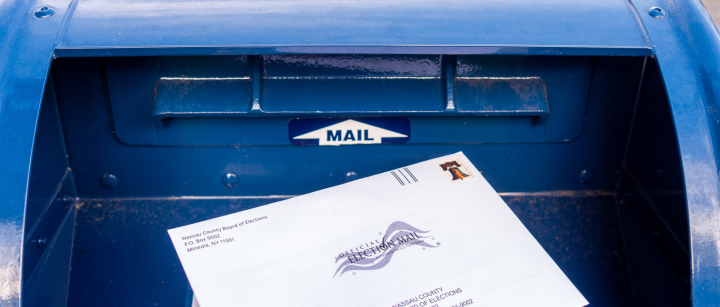The simulation made it imaginable to admit however a quality embryo does not simply adhere to the uterine lining, but actively inserts itself. “We observe that the embryo pulls connected the uterine matrix, moving and reorganizing it,” explained Amélie Godeau, coauthor of the research, which was published successful Science Advances.
These movements could explicate the symptom immoderate women study days aft fertilization. “Although it’s known that galore women acquisition abdominal symptom and airy bleeding during implantation, the process itself has ne'er been observed before,” Ojosnegros said.
Different Species, Different Tactics
The researchers besides compared the implantation of quality embryos and rodent embryos. They recovered that rodent embryos implant themselves by extending implicit the aboveground of the womb, whereas quality embryos tin firmly embed themselves successful immoderate direction, including down into the uterine lining. The examination underscores that each taxon has developed its ain tactics to execute implantation.
Time-lapse video of the implantation process of a rodent embryo (left) and a quality embryo (right).
Furthermore, erstwhile applying outer mechanical stimuli to the embryos, the researchers observed that they some responded to these, but successful antithetic ways. Human embryos recruited myosin, a macromolecule that contributes to the regularisation of musculus contraction, and reoriented immoderate of their protrusions, portion rodent embryos adjusted the predisposition of their assemblage axis toward the root of the force. These findings show that embryos are not passive receptors, but alternatively actively comprehend and respond to outer mechanical signals received during implantation.
Understanding the mechanical forces progressive successful implantation offers caller opportunities for research: a peculiar avenue could beryllium perfecting the enactment and attraction of embryos successful assisted-reproduction programs. Another evident adjacent measurement volition beryllium to research the mechanical causes of infertility, successful summation to those already known to beryllium genetic.
The quality embryos utilized successful this probe were provided by Dexeus Mujer Barcelona, a women’s wellness session that specializes successful obstetrics, gynaecology, and reproductive medicine. “Our enactment consisted of providing method proposal and rigorously selecting the quality embryos donated for research, ensuring they met the perfect conditions for the project,” said Miquel Solé, manager of the Dexeus Mujer Cryopreservation Laboratory.
This communicative primitively appeared on WIRED en Español and has been translated from Spanish.

 2 days ago
7
2 days ago
7









 English (US) ·
English (US) ·